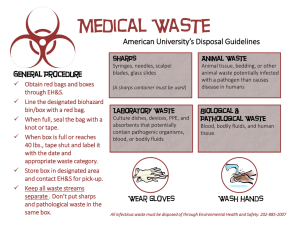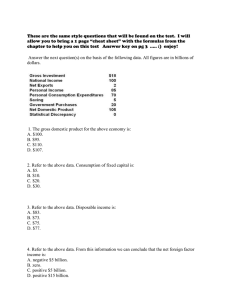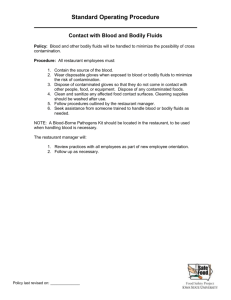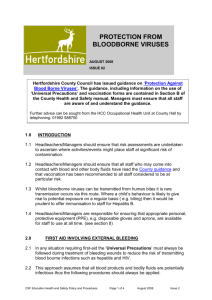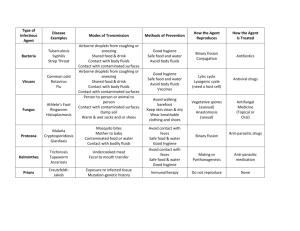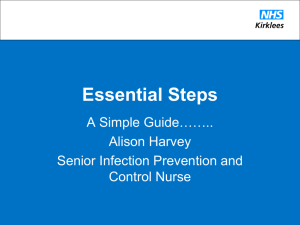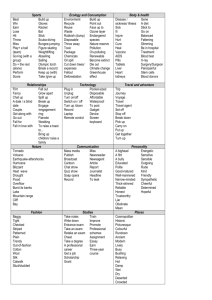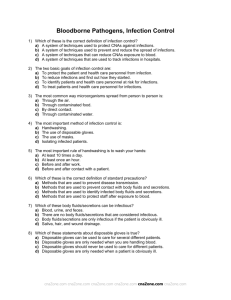7. Biological Wastes
advertisement
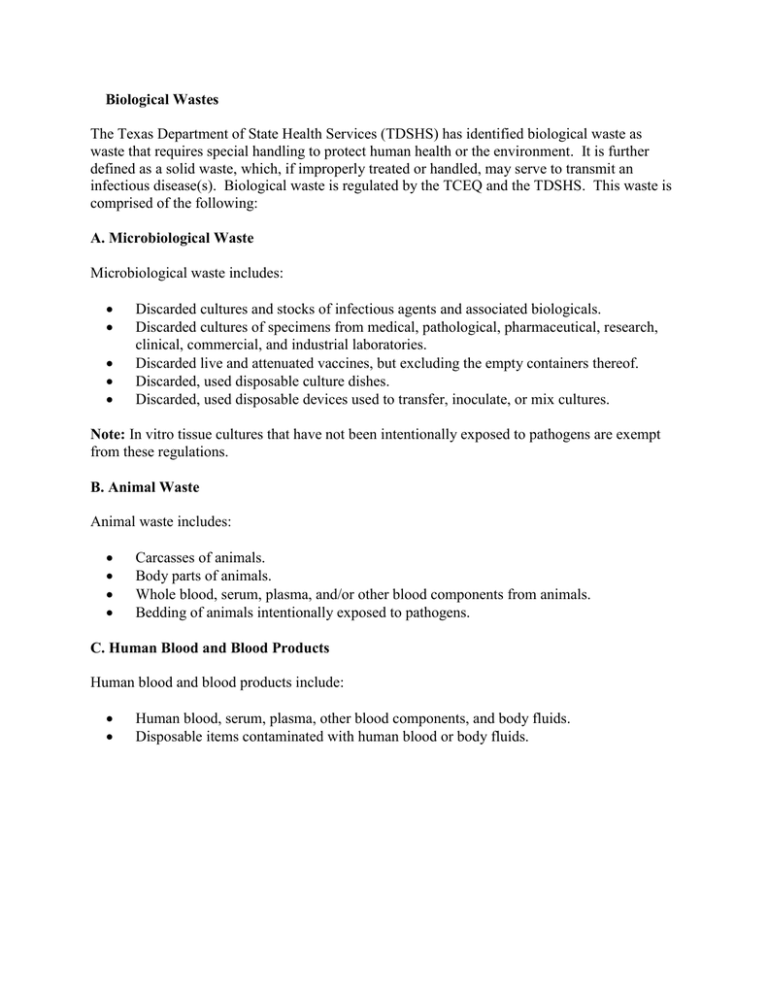
7. Biological Wastes The Texas Department of State Health Services (TDSHS) has identified biological waste as waste that requires special handling to protect human health or the environment. It is further defined as a solid waste, which, if improperly treated or handled, may serve to transmit an infectious disease(s). Biological waste is regulated by the TCEQ and the TDSHS. This waste is comprised of the following: A. Microbiological Waste Microbiological waste includes: Discarded cultures and stocks of infectious agents and associated biologicals. Discarded cultures of specimens from medical, pathological, pharmaceutical, research, clinical, commercial, and industrial laboratories. Discarded live and attenuated vaccines, but excluding the empty containers thereof. Discarded, used disposable culture dishes. Discarded, used disposable devices used to transfer, inoculate, or mix cultures. Note: In vitro tissue cultures that have not been intentionally exposed to pathogens are exempt from these regulations. B. Animal Waste Animal waste includes: Carcasses of animals. Body parts of animals. Whole blood, serum, plasma, and/or other blood components from animals. Bedding of animals intentionally exposed to pathogens. C. Human Blood and Blood Products Human blood and blood products include: Human blood, serum, plasma, other blood components, and body fluids. Disposable items contaminated with human blood or body fluids. D. Pathological Waste Pathological waste includes but is not limited to: Human materials removed during surgery, labor and delivery, autopsy, embalming, or biopsy, including: body parts and tissues or fetuses. Products of spontaneous or induced human abortions, regardless of the period of gestation, including: body parts, tissues or fetuses, organs, and bulk blood and body fluids. Laboratory specimens of blood and tissue after completion of laboratory examination. Anatomical remains. E. Sharps Sharps include but are not limited to the following, regardless of contamination: Hypodermic needles. Hypodermic syringes with attached needles. Scalpel blades. Razor blades, disposable razors, and disposable scissors used in surgery or other medical procedures. Glass Pasteur pipettes. Sharps include but are not limited to the following, when contaminated: Glass pipettes. Broken glassware. Specimen tubes; Blood culture bottles. Microscope slides. Contaminated is defined as the presence or the reasonably anticipated presence of blood, body fluids, or other infectious materials.
